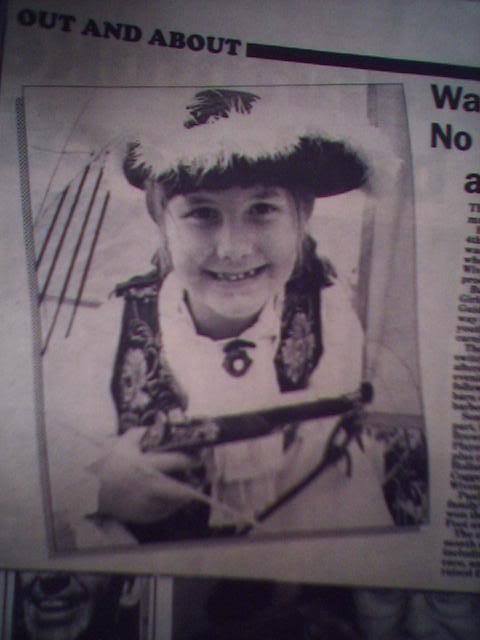
Today is the thirtieth anniversary of what became known as The Great Storm, which ripped its way across the south-east of England on the night of 15th and 16th October 1987.
I was living in Wivenhoe in north-east Essex at the time, on the banks of a river not far from the coast. I remember the storm waking me up as I slept in my “captain’s bed” – that legendary piece of 1980s furniture which elevated children above the ground to give storage to their heaps of detritus below.
I heard the wind blowing around the house. But it wasn’t the usual sort of high wind that I was used to and barely noticed. It roared like a Fury; outside, I could hear the trees struggle against it, and our strong, brick house creak with its force.
My dad appeared at some point, to see if I was alright. My parents were concerned as there were trees outside my window, but I was awake by then – I doubt anyone could have slept – and somewhat frightened. But I didn’t leave my bed. I couldn’t run to my parents as there was a huge old cherry tree outside their bedroom window, which could have fallen just as easily as the trees outside my window.
The wind continued to howl, but at six o’clock that dark October morning, the wind picked up and roared as I’ve never heard it since. The sound was more of a scream than a roar, and I didn’t just hear it but felt it, a sort of sucking in my ears, which must have been caused by a sudden pressure-change in the air. We always referred to it afterwards as “The Six O’Clock Blast” – I don’t know if we coined that within our family or if it was on the news.
I don’t remember if I went back to sleep after that, but my dad had put the radio on at some point and information about the devastation wrought by the storm was coming in dribs and drabs. Trees were down across the county; traffic was in mayhem as roads were blocked. Buildings had been damaged and there was possible loss of life.
Once I’d clambered down my ladder to get out of bed, I saw the damage to our garden. We had lost fence panels – they had been torn out by the wind, and we’d also lost a tree. Our house was built on the site of an old orchard, hence the cherry tree (which had survived) and two apple trees (one of which had not). My dad was determined to dig up the damaged tree – it had been blown over at 45 degrees. But in the end, I propped it back up with some bricks (I was an enterprising eight-year-old) and the tree lived on.
Schools were shut, but my dad still went to work – he was a builder, so was kept busy. I walked down to the village with my brother and my mum. We were astonished by the amount of damage we saw. What I remember most, other than the trees that had been torn up, were the roof tiles smashed all over the streets and pavements.
In fact, when I see photographs now of Wivenhoe in the immediate aftermath of the 1884 Great English Earthquake (or “The Colchester Earthquake” – the strongest to ever hit this country in recorded history, and which was focused on my corner of north-east Essex), I can see a foreshadowing of what I saw for myself in 1987 after The Great Storm.
We heard that Clacton was very badly affected by the storm, so as we had a beach hut there, once the roads were clear enough, we headed for the coast. Once again, tree after tree was down, and I remember seeing one house where a tree had smashed through a wall into a bedroom. That terrified me, as I realised that could’ve been us. Hopefully no one had been hurt.
We drove along the front along the cliff edge. I will never forget what had happened to one of the blocks of flats that looked out over the sea. You could see through the windows on the top floor – curtains, pictures on the walls, wardrobes – all thoroughly normal, until you noticed that above the pink wallpaper was sky.
The roof had been peeled off like the lid of a sardine tin.
I can honestly say that, despite being only a child at the time of The Great Storm, it was one of the most awe-inducing moments of my young life. I’d never seen devastation like it with my own eyes, until I was in Granbury, Texas, a few weeks after a tornado.
While the hurricane we experienced in Essex had roared over us and ripped up trees and knocked down walls with its strength, in Texas I saw houses that had been smashed like matchsticks. You could even see the path that the tornado had taken through the houses, leaving one house standing and its neighbour in bits. A mighty concentration of power which nothing in its way could resist.
Life went on in Wivenhoe, just as it did everywhere else. Fallen trees were cut up with chain saws and laid onto lorries, toppled walls rebuilt, fence panels replaced, smashed tiles were swept up and the holes in the rooves were repaired. But as long as I live, I will never forget the scream of the wind as I lay in my bed at six o’clock on that dark morning in 1987.